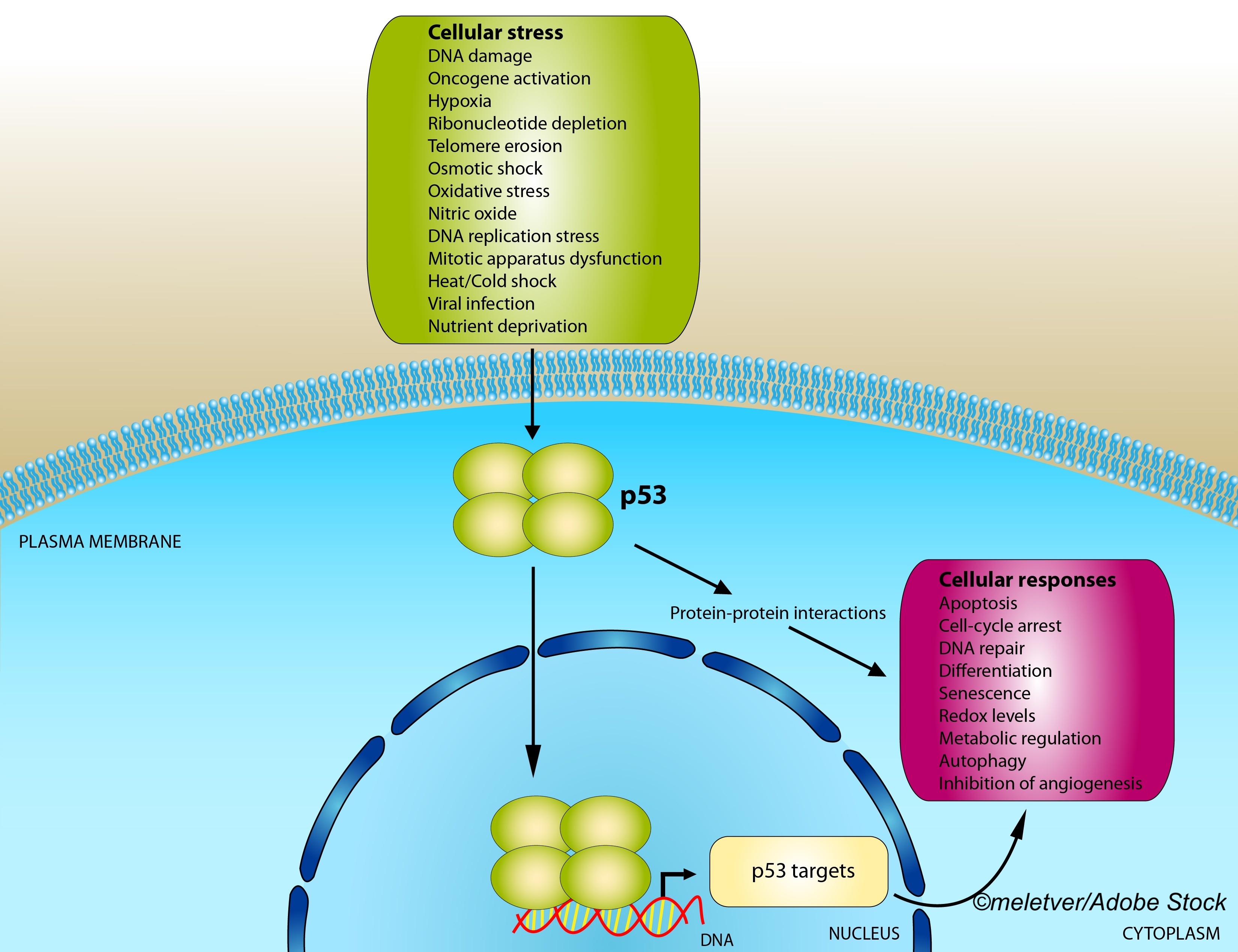ATLANTA—Patients diagnosed with chronic lymphocytic leukemia (CLL) appear to do well when treated with Bruton’s tyrosine kinase inhibitors across various TP53 gene alterations, researchers reported here.
First-line treatment with Bruton’s tyrosine kinase inhibitors—in 90% of the cases using the popular agent ibrutinib—was associated with a favorable progression-free survival rate of 72.7% after 4 years, and a 4-year overall survival rate of 84.4%, reported Hua-Jay Cherng, MD, a fellow at University of Texas MD Anderson Cancer Center, Houston.
“No baseline disease characteristic, including IGHV mutation, TP53-altered clone size by percentage of cells with del(17p), or variant allele frequency of TP53 mutation were significantly associated with progression free survival,” he said in his oral presentation at the 2021 meeting of the American Society of Hematology.
He pointed out that outcome curves overlapped for the extent of mutation burden.
“Baseline TP53 alteration in untreated chronic lymphocytic leukemia, which occurs in about 5% to 10% of cases, predicts poor outcomes in first-line chemoimmunotherapy,” Cherng said. “The clinical influence of low clonal burden TP53 alterations on response to Bruton’s tyrosine kinase inhibitors is unknown.”
Hence, Cherng and colleagues performed the retrospective study to determine how patients fared when they had different forms of altered TP53 genes. They included patients with CLL or small lymphocytic lymphoma who had been diagnosed with deletion 17p and/or TP53 sequencing with mutated TP53. The tests were performed at MD Anderson between January 2010 and March 2021.
The next generation sequencing assay of exons 2 and exons 4 through 11 was accomplished in 97% of the patients with a variable allele frequency limit of detection of 1%. Patients were included if they received front-line Bruton’s tyrosine kinase inhibitors on or off protocol; with or without CD20 monoclonal antibodies; and with or without additional treatment with venetoclax.
The primary endpoint of the study was progression-free survival from the start of treatment with a Bruton’s tyrosine kinase inhibitor.
The 140 patients who met the criteria for the study were about 68 years old, and 66% were men. About 83% of the group had a mutated TP53 gene, and the median TP53 mutation variable allele frequency was 33%. Del(17p) was present in 80% of the cases; multi-hit TP53 alteration occurred in 65% of the patients; and IGHV unmutated status was found in 80% of the patients.
Cherng said that the 28% of patients who were treated with venetoclax in addition to a Bruton’s tyrosine kinase inhibitor achieved a progression-free survival of 90.8% after 4 years; the overall survival after 4-years in these patients was 93.9%. He said the study suggests that treatment with the combination—the addition of venetoclax—results in a lower risk of progression.
“We have seen in this study and in others using Bruton’s tyrosine kinase inhibitors that the type of TP53 alteration doesn’t appear to make much of a difference in outcome,” session moderator Christopher Pleyer, MD, assistant research physician at the National Heart, Lung, and Blood Institute, Bethesda, Maryland, told BreakingMED.
“We are getting pretty spoiled in the chronic lymphocytic leukemia area, in that the differences for outcomes are becoming fewer and fewer, even for high-risk patients,” Pleyer suggested. “That being said, I think we are moving in chronic lymphocytic leukemia to an era where we are not just looking at responses in progression free survival but something where we can even entertain the idea of a cure. The key to that is going to be minimal residual disease, and he showed that with venetoclax there was an additional benefit.”
Overall, in the study population, CLL progression occurred in 15 patients, Cherng reported. Seven patients also experienced Richter’s transformation as their first progression event. Richter’s transformation is observed in about 5% to 10% of patients with chronic lymphocytic leukemia. It refers to the development of aggressive lymphoma during the course of chronic lymphocytic leukemia. In the current study, about 5% of patients experienced the transformation.
Cherng suggested, “Perspective studies that specifically enroll TP53-altered chronic lymphocytic leukemia to compare fixed-duration combination Bruton’s tyrosine kinase inhibitor and venetoclax to sequential novel therapy are needed to clarify optimal treatment.”
-
The extent of TP53 alteration burden did not appear to change treatment outcomes when chronic lymphocytic leukemia (CLL) patients were treated with Bruton’s tyrosine kinase inhibitors.
-
These results are from a retrospective, single-institution study and should be considered with caution until they are published in a peer-reviewed journal.
Edward Susman, Contributing Writer, BreakingMED™
Cherng and Pleyer had no relationships with industry.
Cat ID: 118
Topic ID: 78,118,496,791,730,118,119,332,466,192,925,331



